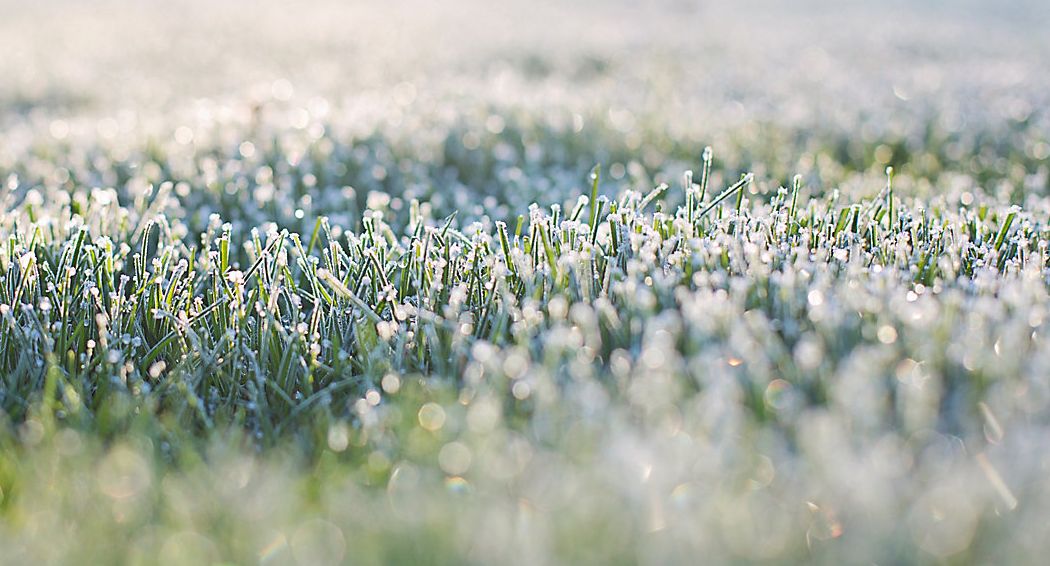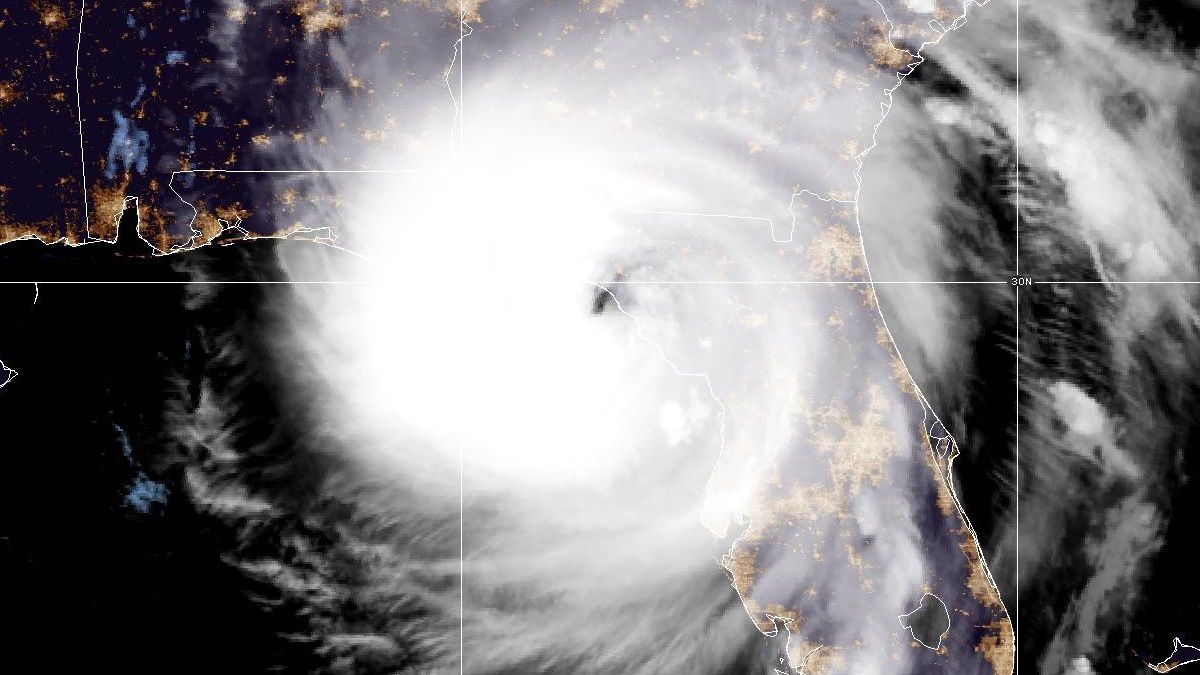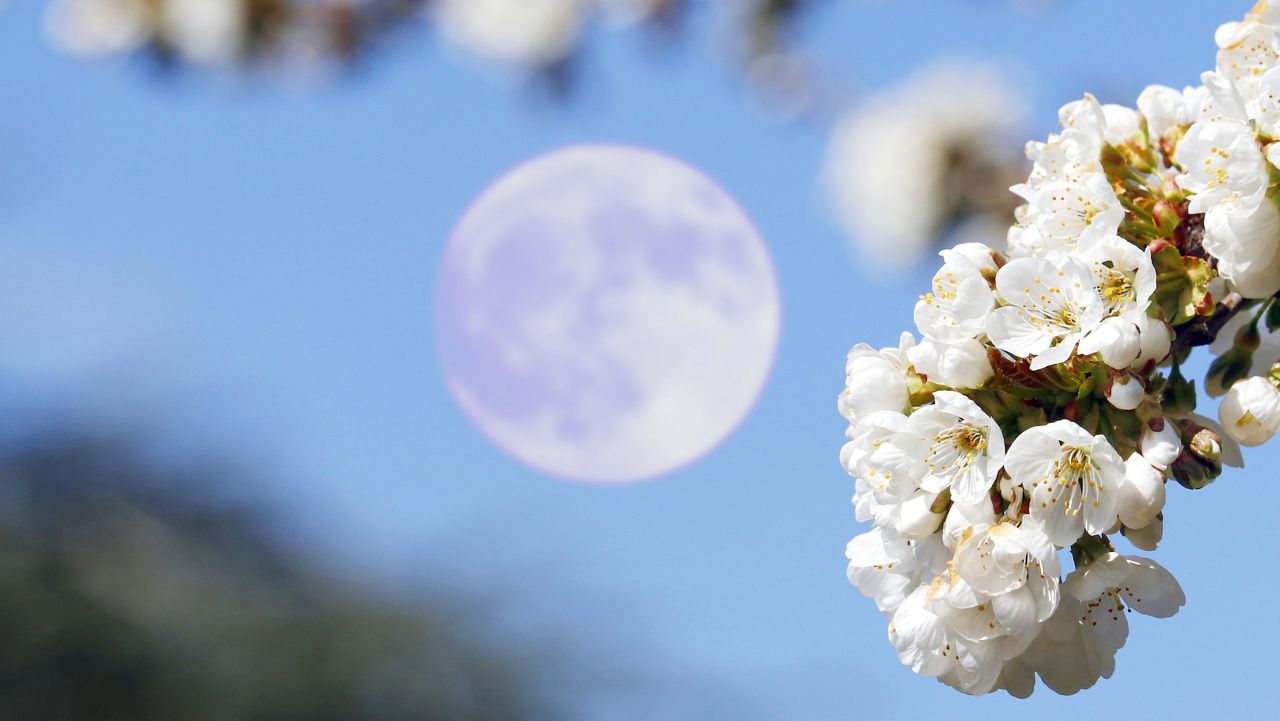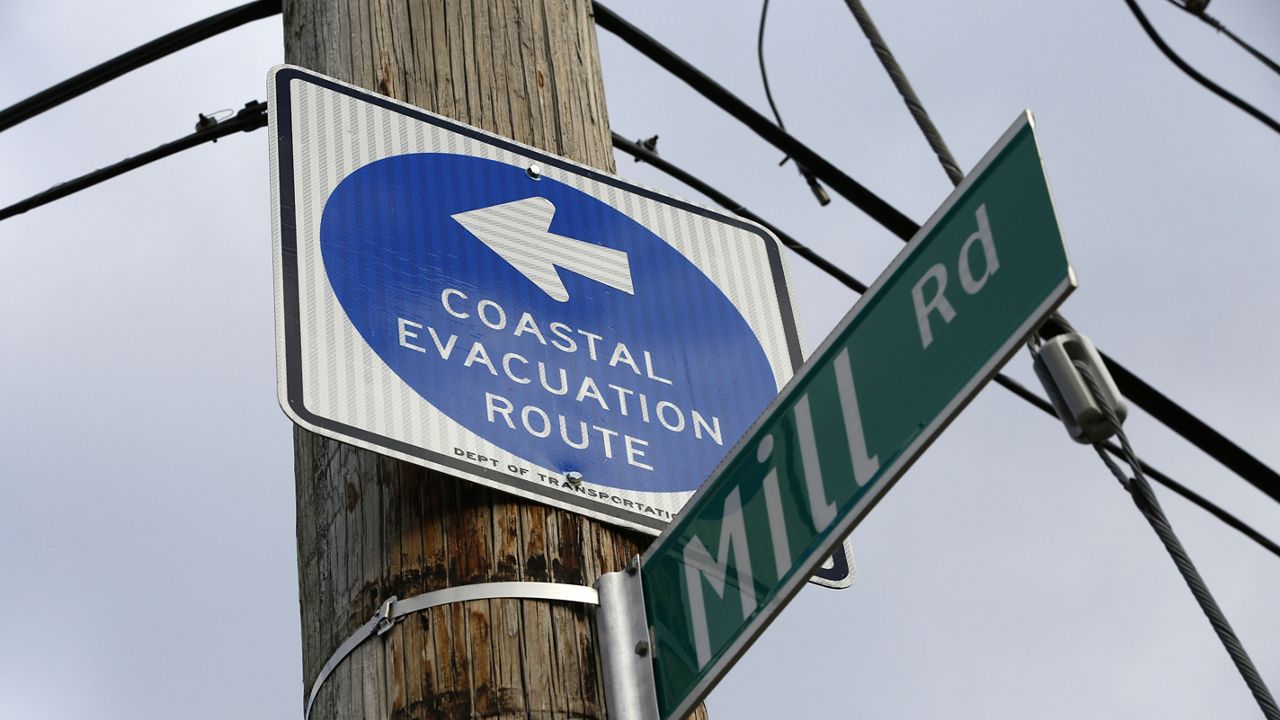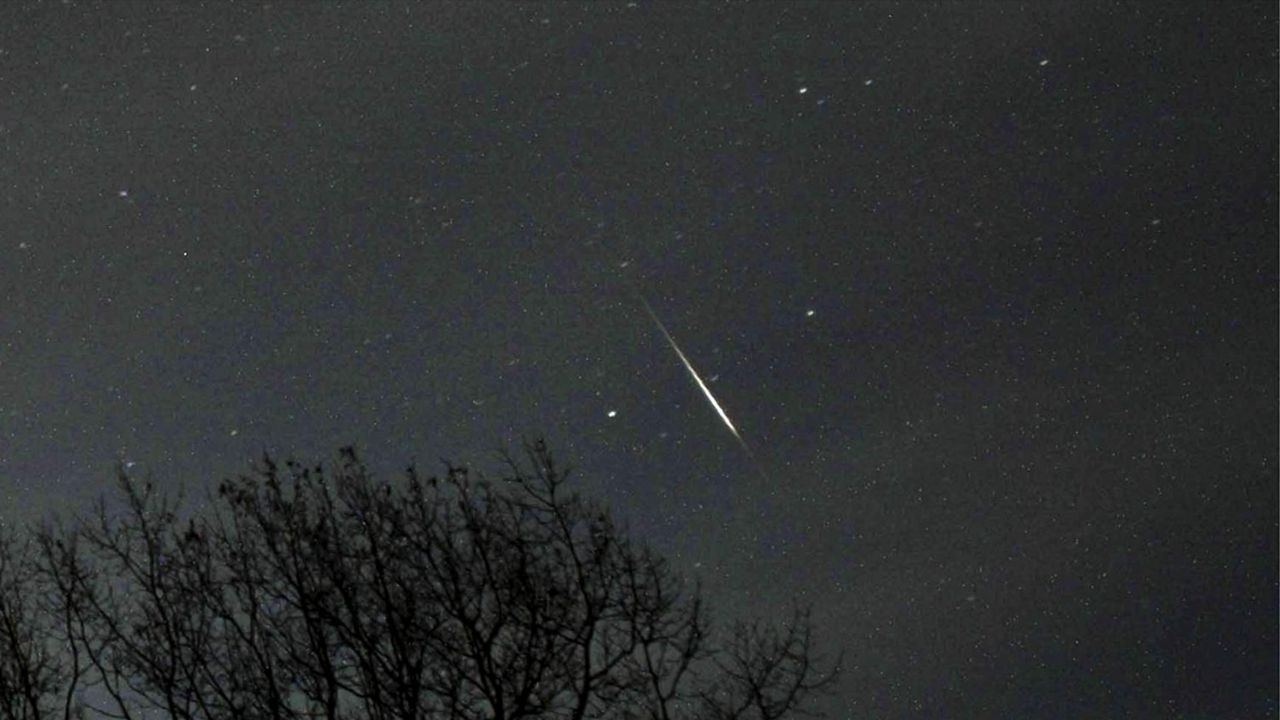The first frosts and freezes of the season aren’t far off, but not everybody gets them at the same time–or “on time,”. Also, when Frost Advisories or Freeze Warnings wrap up for the season could become confusing. The National Weather Service is trying to fix that.
The National Weather Service (NWS) issues the official frost and freeze alerts, and the NWS offices in northern New England are experimenting with a new way of doing them this fall.
How it worked before
In the past, the NWS would issue frost and freeze alerts until one of two things happened:
- A freeze occurred, ending the growing season
- Two weeks passed since the historical middle date for the first freeze, but no freeze had occurred yet
However, that method of marking the end of the growing season was sometimes confusing.
What will happen this year
During this fall's test, the NWS will issue Frost Advisories and Freeze Warnings up until a certain date, which will depend on location. That date is each area’s 30-year-average middle date for the first freeze.
Why a particular date? It’s a useful marker for the end of the growing season. You can expect frosts and freezes after that point, while they’re not as commonplace beforehand.
What are the dates?
These are the dates that the NWS offices are using to mark the end of the climatological growing season and when they will stop issuing frost and freeze alerts for the season for each area:
- Sept: 11: North Woods
- Sept. 21: Central and Eastern Maine, Western Maine mountains
- Oct. 1: Maine Foothills
- Oct. 11: Downeast Maine, Coastal Maine
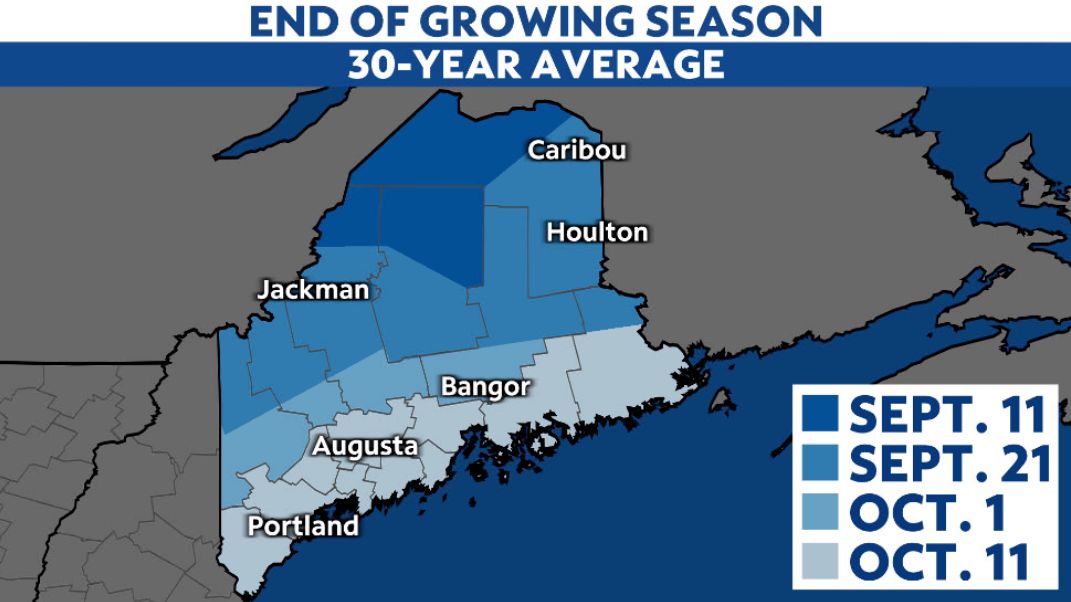
Getting ready for the first frost or freeze
If a frost or freeze comes early, or you want to extend life in your garden a little longer, you can give it some help.
Wondering what the difference is between a frost and a freeze? It’s all about the temperature. And if you’re curious how frost happens in the first place, we have the answer here.
Justin Gehrts - Senior Weather Producer
Justin Gehrts is a senior weather producer for Spectrum News. He has well over a decade of experience forecasting and communicating weather information. Gehrts began his career in 2008 and has been recognized as a Certified Broadcast Meteorologist by the American Meteorological Society since 2010.





